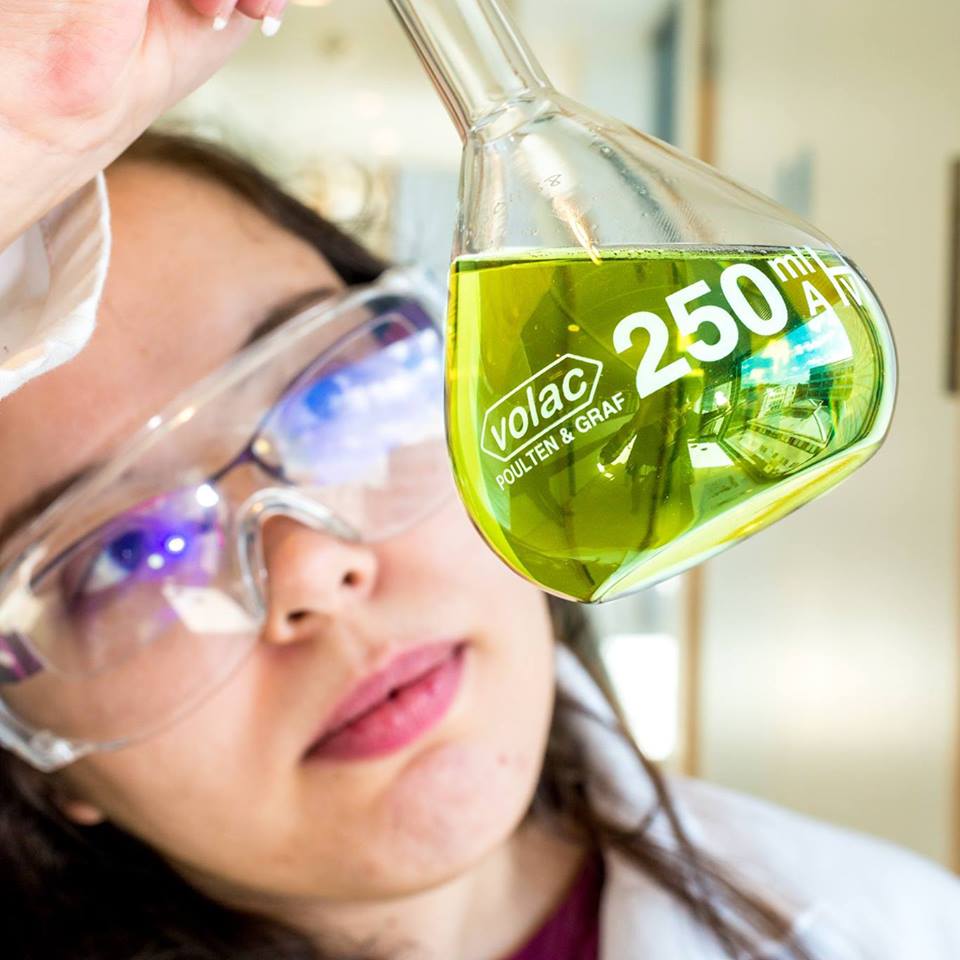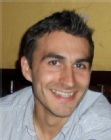Photochemistry of sunscreen molecules
A team of teaching/research staff and a PhD student from the chemistry department are proposing the development of a new second year undergraduate experiment which focuses on the photochemistry of sunscreen molecules.
During the laboratory session, students will extract the active ingredient from commercially available sunscreens and evaluate their light-matter interactions using a fluorometer built in-house specifically for this purpose. Students will then relate sun protecting factor (SPF) to absorption of radiation and compare samples. The experimental procedure, pre- and post-lab tasks are all designed to encourage critical thinking and to foster a “student as a researcher” approach, as well as conveying and applying fundamental concepts of physical chemistry. By using commercially available sunscreen lotions, this experiment relates directly to the students’ day-to-day “non- academic” lives. Conveying academic material by analysing a “real-life” situation has the potential to provide a transformative experience, as defined by Pugh and colleagues,1 and hence enhance the students’ experience and engagement and encourage deep learning.
This project will have three stages: i) prototyping (ongoing), ii) trial and feedback by volunteer students (term 3/Summer), and iii) implementation (2017/2018 academic year). The chemistry department is currently supporting the costs of prototyping the experiment; excluding these costs, final teaching budget for the proposed project is estimated to be approximately £2715. Funding is essential to allow for the construction of the fluorometers without which this experiment cannot be carried out; the investment will enable a more novel approach to teaching, with students are researchers and reciprocal teachers.
This project is based on recognised, effective pedagogical approaches such as drawing on prior knowledge, scaffolding learning, working towards higher order thinking skills, critical thinking and problem-based learning. Guaranteeing the success of this project is likely to encourage other such initiatives so that, in the future, laboratory modules may be more strongly based on research-led teaching, and in treating students as researchers.
References:
1. K. J. Pugh, et al., The Journal of Experimental Education, 1-29, 2017.
Acknowledgements
The development of the sunscreen experiment would not have been possible without the help of Dr. Neil Cole-Filipiak , a postdoctoral researcher in the Chemistry Department, to whom both Russ and Nat would very much like to extend thanks for the valuable support.
Biography
I am a final year PhD student in Physical Chemistry. I started demonstrating experiments in the undergraduate labs from my first year and since then teaching has taken a very important role in my academic journey. I am currently working towards finishing the Academic and Professional Pathway for Postgraduate Researchers who Teach (APP PGR) from the Learning and Development Centre, looking at obtaining a Postgraduate Award in Teaching and Learning in Higher Education before I finish my PhD.


